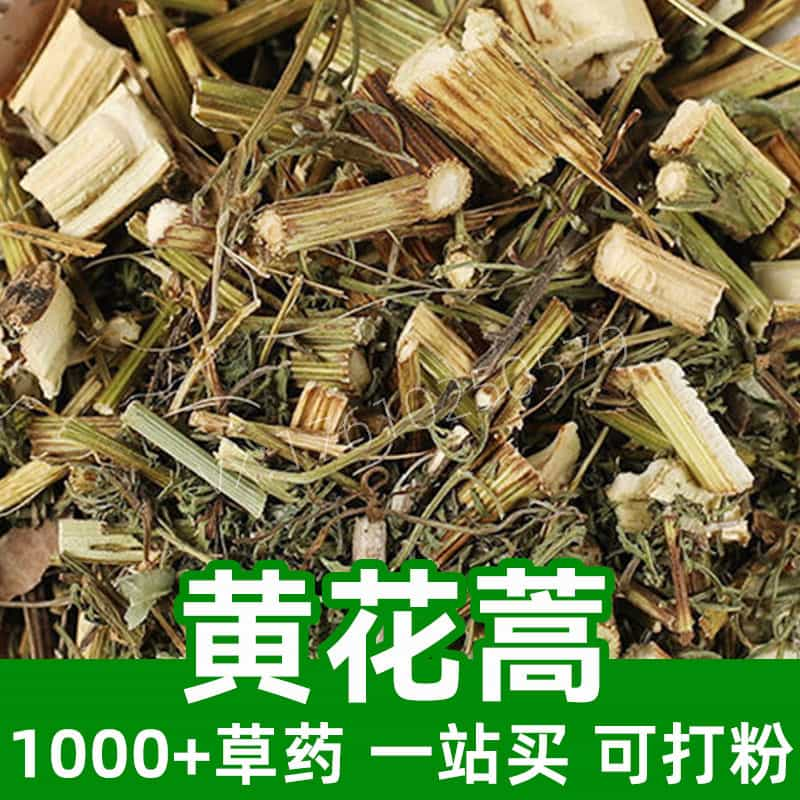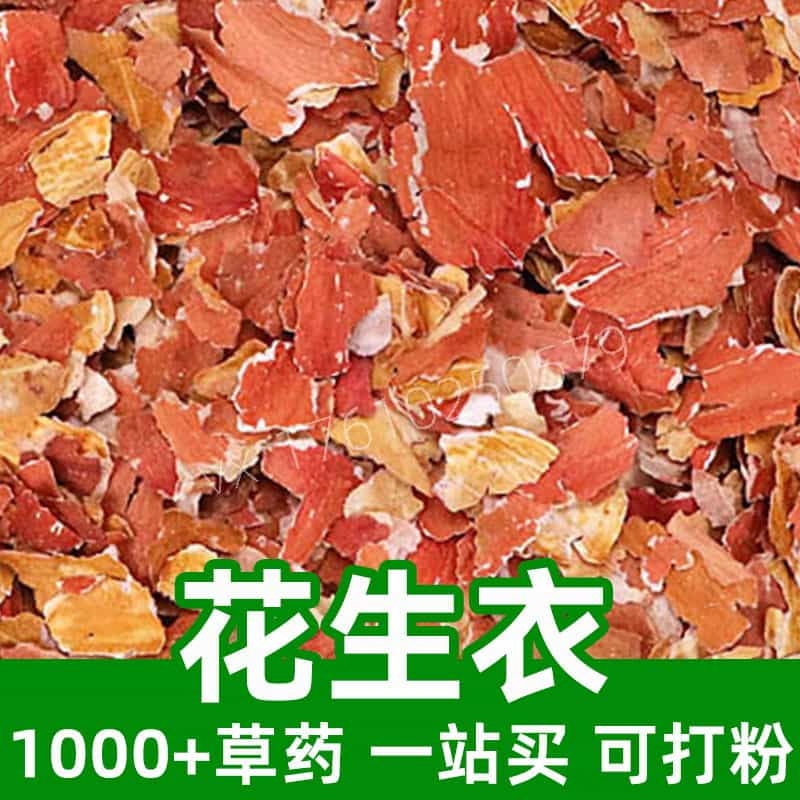Product Introduction
Okra, scientifically known as Abelmoschus esculentus, is a flowering plant of the mallow family, cultivated for its edible green seed pods that are enjoyed in numerous culinary applications. Originating from Africa, okra has been a staple in Southern American, Indian, and Middle Eastern cuisines, where it's beloved for its versatile nature and nutritional profile.
This green vegetable is characterized by its elongated shape and unique texture, which promotes a mucilaginous quality when cooked—considered essential in various thickening processes for soups and stews. Beyond its culinary uses, okra is recognized in traditional herbal practices for its beneficial properties, as it contains a wealth of vitamins, minerals, and antioxidants that contribute to overall well-being.
The primary components of okra include dietary fiber, vitamins A, C, and K, and folate, all of which are significant in promoting digestive health, skin vitality, and healthy blood circulation. In traditional uses, okra is often included in herbal formulations, aimed at promoting wellness and enhancing nutritional intake.
As more individuals pursue natural and holistic lifestyle choices, the popularity of okra continues to rise, making it not only an essential culinary ingredient but also a feasible addition to various health regimens.
Main Active Ingredients
Okra is packed with primary active ingredients and functional compounds that contribute to its reputation as a nutritional powerhouse. The following components are particularly noteworthy:
- Dietary Fiber: Okra is an excellent source of soluble and insoluble fiber, which promotes digestive health by aiding in bowel movements and maintaining gut health. This fiber can help to moderate blood sugar levels and contribute to a feeling of fullness, making okra a valuable addition to a balanced diet.
- Vitamins: Vitamins A, C, and K are prominent in okra. Vitamin A is essential for eye health and immune function; vitamin C acts as an antioxidant, boosting immunity and collagen production, while vitamin K plays a crucial role in blood clotting and bone health.
- Antioxidants: The presence of antioxidants such as quercetin and catechin in okra helps to combat oxidative stress in the body, potentially reducing the risk of chronic diseases and promoting overall health.
- Folate: As a vital B-vitamin, folate aids in DNA synthesis and repair, supports cell division, and is especially important during pregnancy for fetal development.
- Minerals: Okra contains essential minerals like magnesium and potassium, which are crucial for maintaining normal blood pressure and overall heart health. Magnesium is also vital for muscle and nerve function.
- Mucilage: The natural mucilage found in the pods provides thickening properties in cooking and is considered beneficial for soothing the gastrointestinal tract.
- Calcium: While not as abundant as in dairy products, okra does contain calcium, supporting bone health and potential weight management strategies.
- Phytochemicals: The anti-inflammatory properties of certain phytochemicals found in okra, such as flavonoids and phenolic compounds, contribute to its health benefits.
Product Application Scenarios, Usage, and Dosage
Okra's versatility allows it to be utilized extensively in both culinary practices and traditional herbal medicine. Here are some applications and suggested usage:
Culinary Uses
- Cooking: Okra can be sliced into stews, soups, and curries, where it releases its unique mucilage, adding thickness and body to dishes. It is a common ingredient in gumbo, a beloved culinary staple of Southern American cuisine, where it enhances flavor and texture.
- Fried or Roasted: Many people enjoy okra lightly battered and fried or roasted in the oven, highlighting its natural flavors. This method brings out a pleasant crunch, serving as a side dish or snack.
- Pickling: Okra can also be pickled, creating a tangy addition to salads and charcuterie boards. Pickled okra retains its nutritional qualities while adding an interesting flavor profile to various dishes.
Traditional Herbal Uses
- Digestive Aid: In traditional practices, okra is often used to ease digestion and promote a healthy gut. Its fiber content promotes regular bowel movements and can help mitigate digestive discomfort.
- Nutritional Supplement: Consuming okra in the form of juices or smoothies may enhance nutrient intake, as blending allows for easy absorption of vitamins and minerals.
- Culinary Herbal Tea: Okra can also be steeped to create herbal teas that may contribute to digestive comfort and hydration.
Dosage Recommendations
While there is no established dosage for okra in herbal medicine, incorporating it into one’s diet as a vegetable—typically a serving of about ½ to 1 cup of cooked okra—is reasonable. As with any dietary change, individuals should consider their personal nutritional needs and consult with a healthcare professional if they have specific health concerns or needs.
Overall, whether enjoyed as a savory dish or as part of traditional herbal practices, the incorporation of okra into daily life offers an abundance of health benefits, nutrient diversity, and culinary delight.
Introduction to the Source Plant, Distribution, and Growth Environment
Okra is derived from Abelmoschus esculentus, a warm-season vegetable that thrives in tropical and subtropical regions across the globe. The plant is a member of the Malvaceae family, closely related to cotton and hibiscus. This annual herbaceous plant exhibits a bushy structure and can grow between 3 to 6 feet tall, featuring broad, lobed leaves that can reach up to 12 inches in length.
Distribution
Originally believed to have its origins in Africa, okra has spread globally and is now cultivated in countries across continents, including the United States, India, Brazil, and China. In the U.S., it is particularly prevalent in Southern states, where the warm climate suits its growth perfectly. Conversely, it can also be found in gardens and fields in the Mediterranean region, Southeast Asia, and parts of West Africa.
Growth Environment
Okra prefers well-drained, loamy soil and flourishes in full sunlight, requiring temperatures between 75°F to 90°F for optimal growth. This vegetable is drought-tolerant but benefits from regular watering to enhance pod development. It also requires sufficient spacing for air circulation, helping to prevent fungal infections and promoting healthy plant growth.
The cultivation season typically spans late spring through early summer, with the pods ready for harvest approximately 50 to 60 days after planting. When grown in the right conditions, the okra plant produces an abundance of pods, allowing for a generous harvest.
Understanding the growth environment and distribution of okra enhances appreciation for its presence in various cuisines and traditional practices. Recognizing how cultivation techniques and climate impact its development provides context for its distinctive characteristics and numerous uses.
Harvesting, Processing, and Storage
The life cycle of okra—from harvesting to storage—plays a crucial role in retaining its nutritional value and culinary qualities. Proper handling ensures that this delicate vegetable maintains its freshness and flavors.
Harvesting
Okra is harvested at its peak when the pods are still young and tender, usually between 2 to 4 inches long. Harvesting should occur regularly, typically every other day, depending on the growth rate to prevent the pods from becoming tough and fibrous. Care must be taken when harvesting, as the fine hairs on the okra plant can cause skin irritation; wearing gloves may be advisable.
Processing
Once harvested, okra should be promptly cleaned to remove any dirt or residues. For culinary applications, the ends of the pods are typically trimmed before cooking or preparing. To preserve its nutrients and flavors, okra can be blanched briefly in boiling water before further processing. This helps retain its vibrant green color and can also soften the texture.
Storage
Okra is sensitive to temperature and humidity, making proper storage essential to extending its shelf life. The best storage method is to keep fresh okra in a paper bag in the refrigerator, where it can last for about three to four days. Using a perforated plastic bag may also help maintain moisture levels.
For longer preservation, okra can be frozen. This involves blanching the pods before placing them in airtight containers or freezer bags and storing them in the freezer for up to a year. Dehydrating is another option for preservation, with dried okra used in soups or stews that require rehydration.
Understanding these processes—from the moment of harvest, through careful processing, to appropriate storage techniques—will ensure that okra retains its nutritional properties, flavor, and versatility for a variety of culinary and herbal applications. Through proper harvesting and storage, okra can remain a cherished component of diets and natural health practices for many households.
Monica Sun is a seasoned expert in the natural raw materials industry, with over a decade of experience specializing in traditional Chinese medicinal herbs, spices, and fungi. She is skilled in the sourcing, processing, and application of these materials, emphasizing sustainability and innovation. Monica Sun has contributed to the development of high-quality natural raw materials that serve as essential components in functional foods, pharmaceuticals, and cosmetics, delivering tailored solutions to meet diverse market needs.















